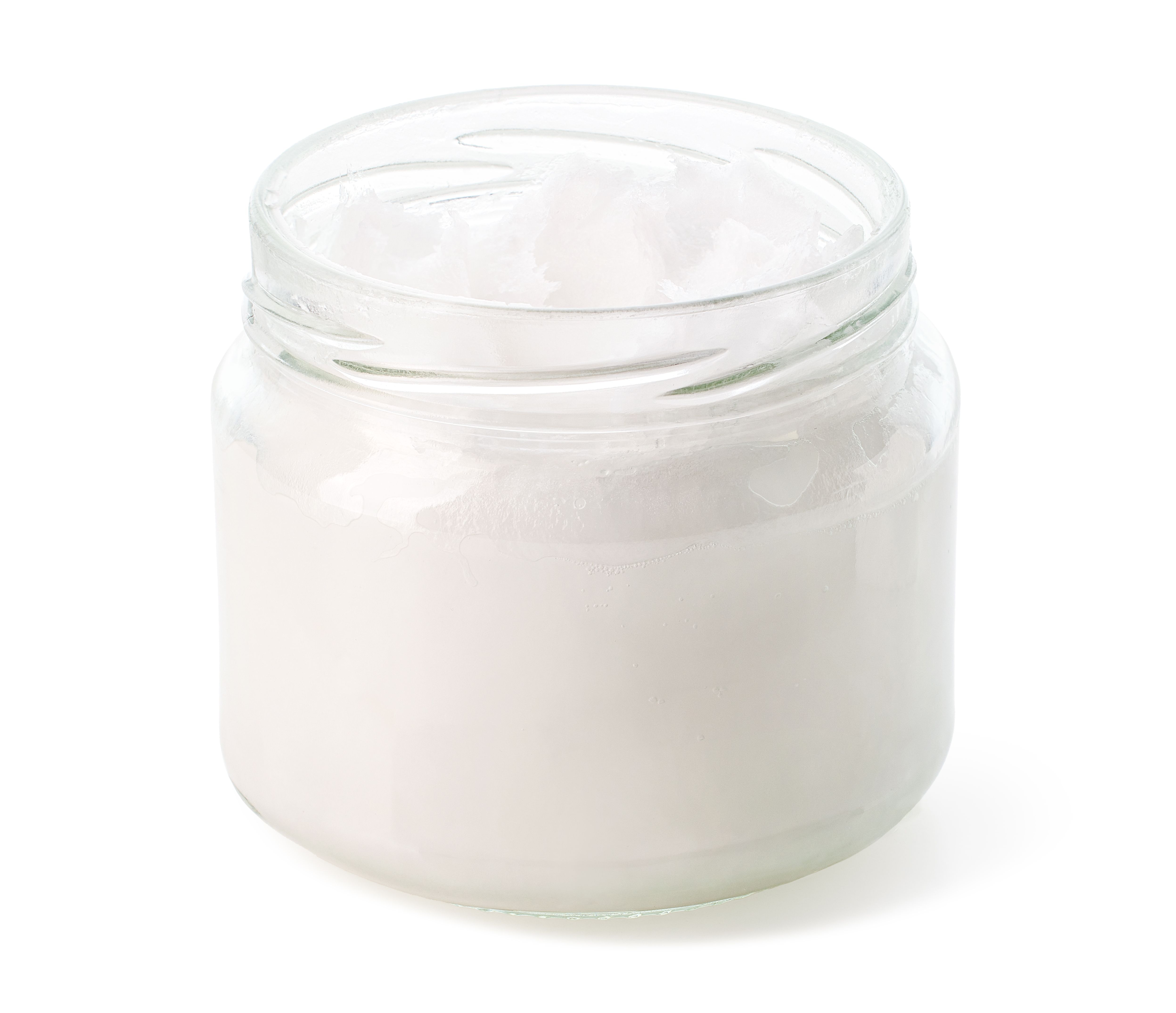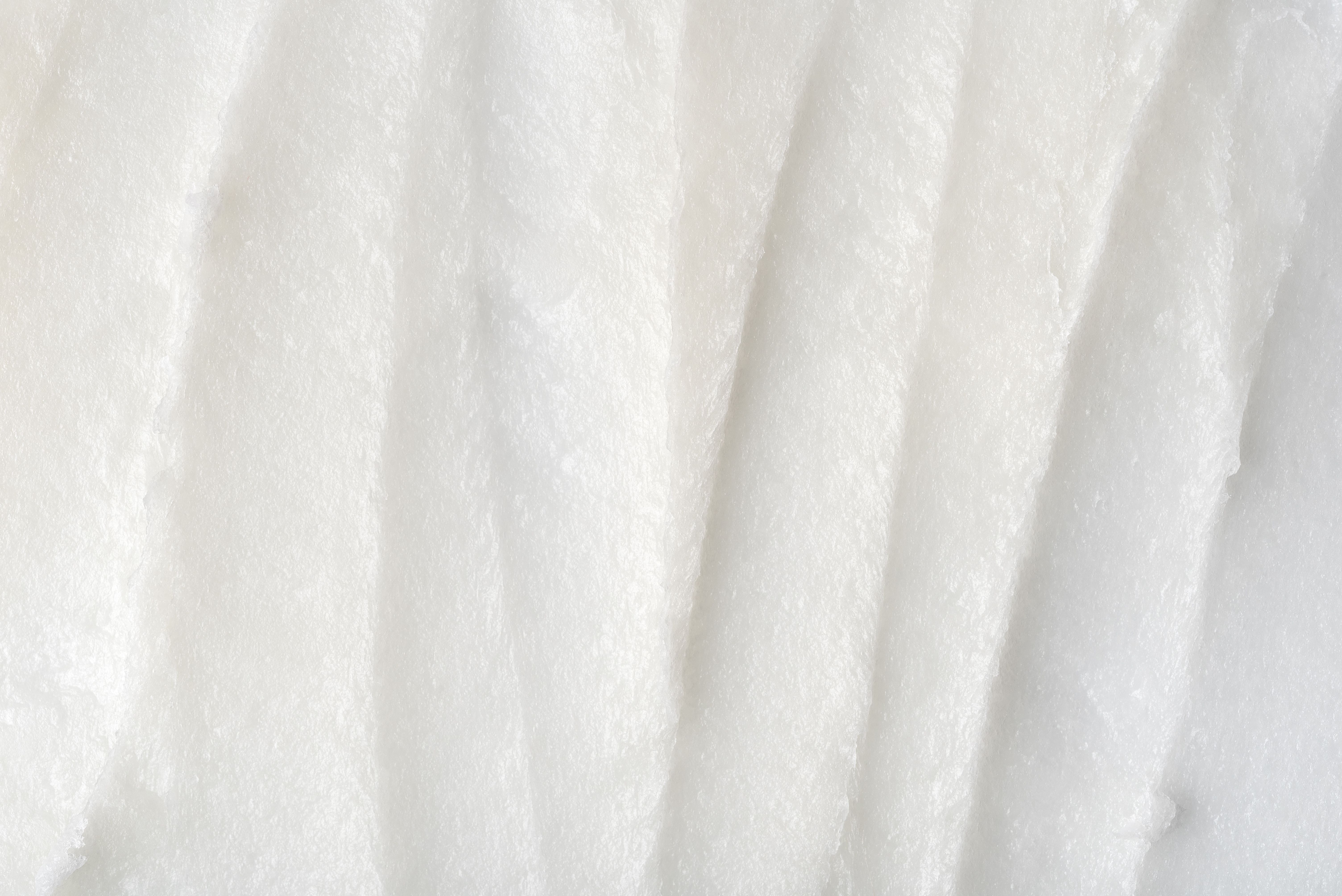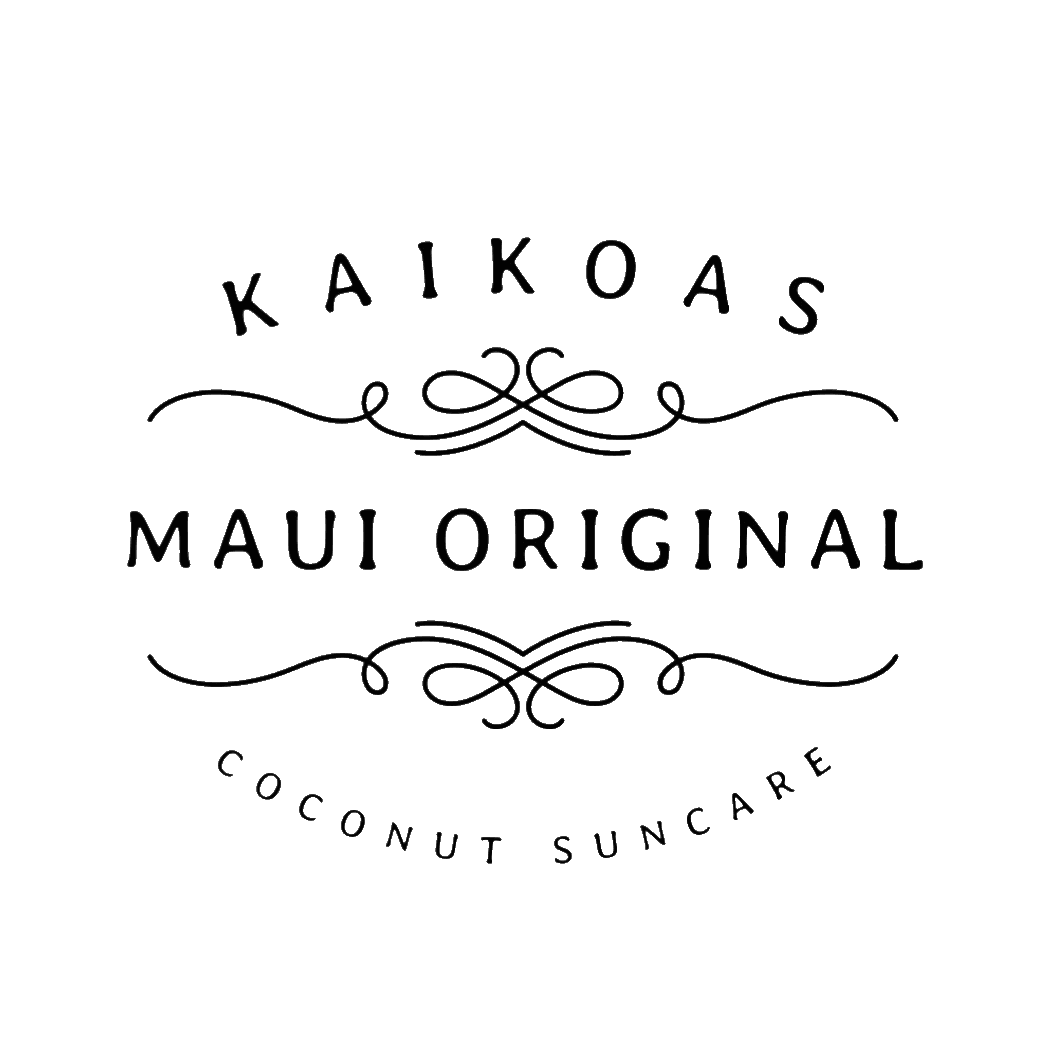Why Coconut Oil Solidifies and How to Melt Kaikoa's Raw Coconut Oil
Understanding Why Coconut Oil Solidifies
Coconut oil is a popular choice for cooking and beauty routines, but many people wonder why it often solidifies. The answer lies in its unique composition. Coconut oil is rich in saturated fats, which have a higher melting point than unsaturated fats. This means that at temperatures below 76°F (24°C), coconut oil tends to solidify. This transformation is a natural occurrence and does not affect the quality or efficacy of the oil.

Another reason for coconut oil's solidification is its high content of lauric acid, a type of saturated fat that contributes to its firm texture. Lauric acid makes up about 50% of coconut oil's total fat content, providing not only a stable structure but also numerous health benefits. So, when you see your coconut oil turning solid, rest assured it's a sign of its purity and high lauric acid content.
Factors Influencing Coconut Oil's State
The state of coconut oil—whether liquid or solid—is influenced by ambient temperature. In warmer climates or during summer months, you will find coconut oil in its liquid form. Conversely, in cooler environments, it naturally solidifies. This property makes it versatile for use in various applications, from cooking to skincare.
It's important to note that the transition between liquid and solid does not compromise the oil's nutritional value or quality. Both forms of coconut oil retain the same health-promoting properties, such as being a source of medium-chain triglycerides (MCTs) and antioxidants.

How to Melt Kaikoa's Raw Coconut Oil Safely
Melting Kaikoa’s raw coconut oil is simple and requires minimal effort. Whether you're using it for cooking, skincare, or haircare, here’s how to do it safely and effectively:
Warm Water Bath
Place the PET bottle of coconut oil in a bowl of warm (not boiling) water. Make sure the water level stays below the cap to prevent any water from seeping inside. This gentle method preserves the oil’s quality and the integrity of the packaging.
Stir Occasionally
As the oil begins to melt, gently swirl or stir the bottle to help distribute the heat evenly and speed up the process.
Avoid Direct Heat
Never place the bottle directly on a heat source like a stovetop or in the microwave. High temperatures can degrade the oil and damage the packaging.
❄️ Cold Climate Tip
If you're in a colder region and need easier access throughout the day, pour a small amount of coconut oil into a ceramic or glass bowl and place it on the sink or countertop. The ambient warmth from your home or bathroom will help keep it soft and scoopable. You can also warm the bowl slightly by placing it in warm water when needed.

Storage Tips for Coconut Oil
Proper storage of Kaikoa’s raw coconut oil helps preserve its purity and effectiveness over time. To maintain its smooth, liquid texture—ideal for skincare—store the oil in a cool, dry place away from direct sunlight and heat sources.
The Versatility of Coconut Oil
Coconut oil's ability to switch between solid and liquid forms adds to its versatility. In its liquid state, it is excellent for salad dressings and smoothies, while the solid form works well as a spread or in baking recipes. Its adaptability makes it an essential ingredient in any kitchen or beauty routine.
Whether you're using Kaikoa's raw coconut oil for cooking or skincare, understanding how it behaves under different conditions allows you to utilize its full potential. Enjoy the myriad benefits this natural product offers, from nourishing your body to enhancing your beauty regimen.

